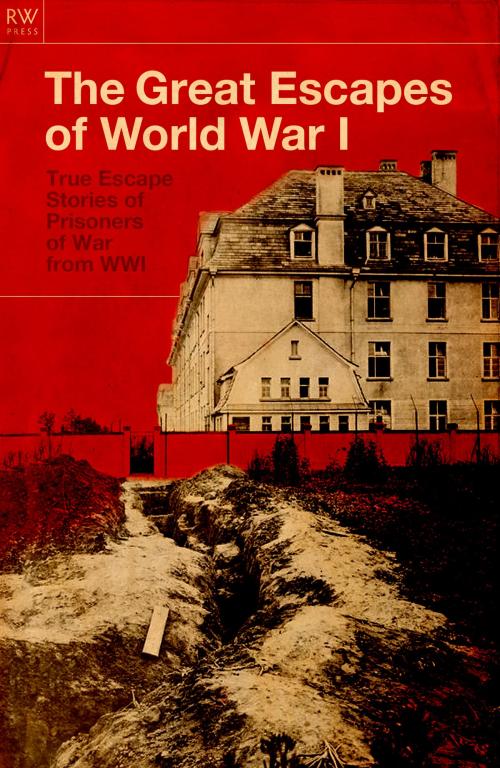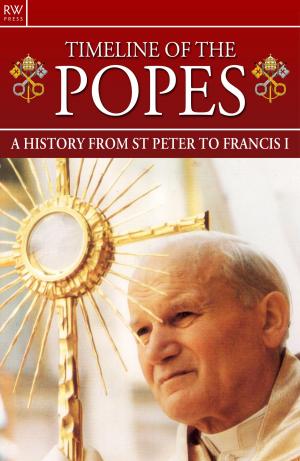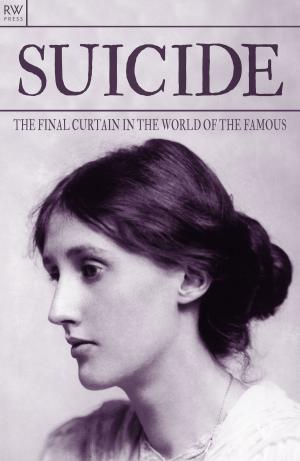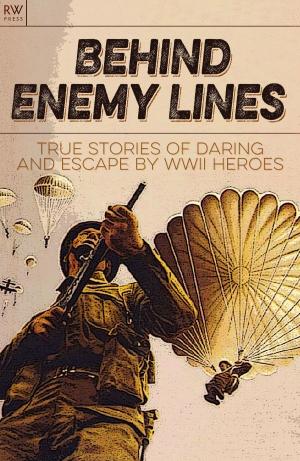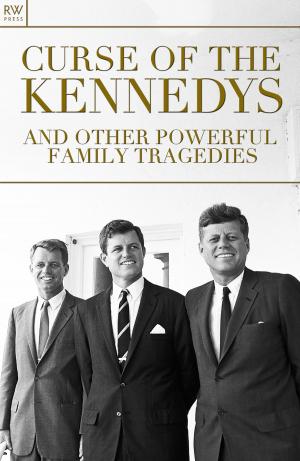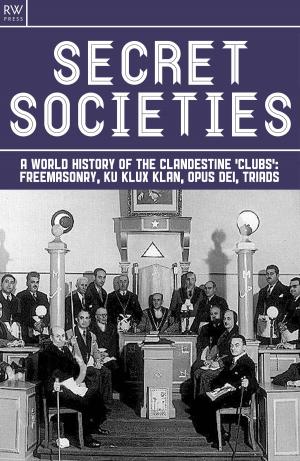The Great Escapes of World War I
True Escape Stories of Prisoners of War From WWI
Nonfiction, Social & Cultural Studies, True Crime, Espionage, Social Science, Crimes & Criminals, History, Military, World War I| Author: | Freya Hardy | ISBN: | 9781909284364 |
| Publisher: | RW Press | Publication: | July 10, 2014 |
| Imprint: | RW Press | Language: | English |
| Author: | Freya Hardy |
| ISBN: | 9781909284364 |
| Publisher: | RW Press |
| Publication: | July 10, 2014 |
| Imprint: | RW Press |
| Language: | English |
Contents
- Introduction
- Gunther Pluschow: Escape from Donington Park
- M C Simmons: The Canadian
- Simmons Escapes Again
- Escape Number Three
- The Famous Holzminden Escape
- E H Jones and C W Hill: The Madmen’s Plan
- Frank Savicki: Doughboy on Tour
At the end of the 19th century, following the Crimean and Austro-Prussian wars, the Hague Conventions were initiated by Tsar Nicholas II, so that politicians from all over the world could thrash out the legalities of war, particularly with reference to captured soldiers. Chapter two of the convention, which was eventually signed in 1907, states that:
‘Prisoners of war are in the power of the hostile Government, but not of the individuals or corps who capture them. They must be humanely treated. All their personal belongings, except arms, horses and military papers, remain their property.’
The principal countries that would go on to comprise both the Triple Entente (France, Russia and the United Kingdom), and the Triple Alliance (Germany, Austria-Hungary and Italy) in World War I, signed this document, and so were bound by international law to abide by it. However, nobody expected the scale of World War I – a war so destructive and all encompassing that it would one day rank high among the deadliest conflicts of all time. It was a dark and desperate time, and in the event, the standards laid out in The Hague Convention might as well have been written on toilet paper for all the relevance it had to the realities of POW life.
Author Biography
Freya Hardy is a freelance writer. She regularly contributes to a number of national and international magazines. She worked as an editor for several publishers for eight years before deciding to view the publishing world from an author’s point of view instead. Fascinated by history she has a particular interest in 20th century history and World War II. She lives with her husband and twin daughters in East Sussex.
Contents
- Introduction
- Gunther Pluschow: Escape from Donington Park
- M C Simmons: The Canadian
- Simmons Escapes Again
- Escape Number Three
- The Famous Holzminden Escape
- E H Jones and C W Hill: The Madmen’s Plan
- Frank Savicki: Doughboy on Tour
At the end of the 19th century, following the Crimean and Austro-Prussian wars, the Hague Conventions were initiated by Tsar Nicholas II, so that politicians from all over the world could thrash out the legalities of war, particularly with reference to captured soldiers. Chapter two of the convention, which was eventually signed in 1907, states that:
‘Prisoners of war are in the power of the hostile Government, but not of the individuals or corps who capture them. They must be humanely treated. All their personal belongings, except arms, horses and military papers, remain their property.’
The principal countries that would go on to comprise both the Triple Entente (France, Russia and the United Kingdom), and the Triple Alliance (Germany, Austria-Hungary and Italy) in World War I, signed this document, and so were bound by international law to abide by it. However, nobody expected the scale of World War I – a war so destructive and all encompassing that it would one day rank high among the deadliest conflicts of all time. It was a dark and desperate time, and in the event, the standards laid out in The Hague Convention might as well have been written on toilet paper for all the relevance it had to the realities of POW life.
Author Biography
Freya Hardy is a freelance writer. She regularly contributes to a number of national and international magazines. She worked as an editor for several publishers for eight years before deciding to view the publishing world from an author’s point of view instead. Fascinated by history she has a particular interest in 20th century history and World War II. She lives with her husband and twin daughters in East Sussex.
